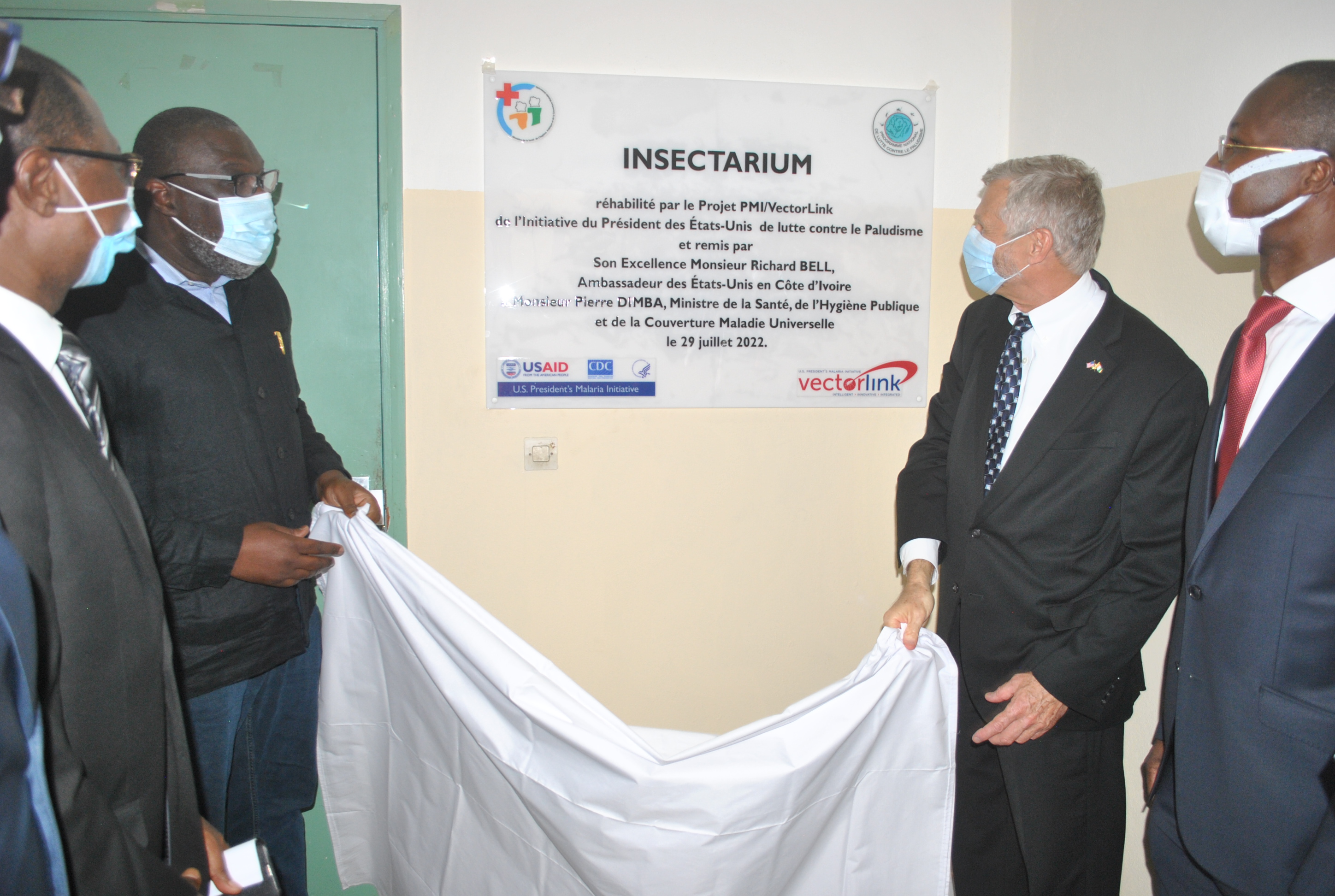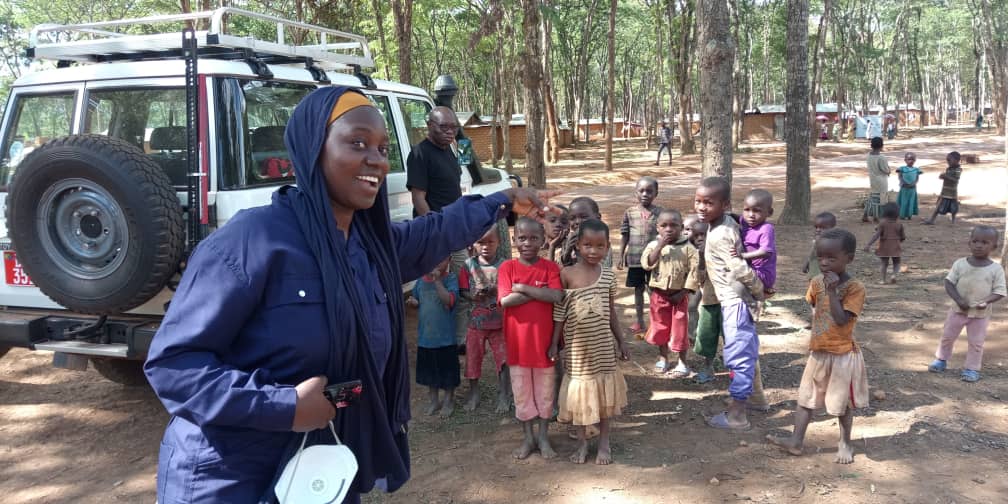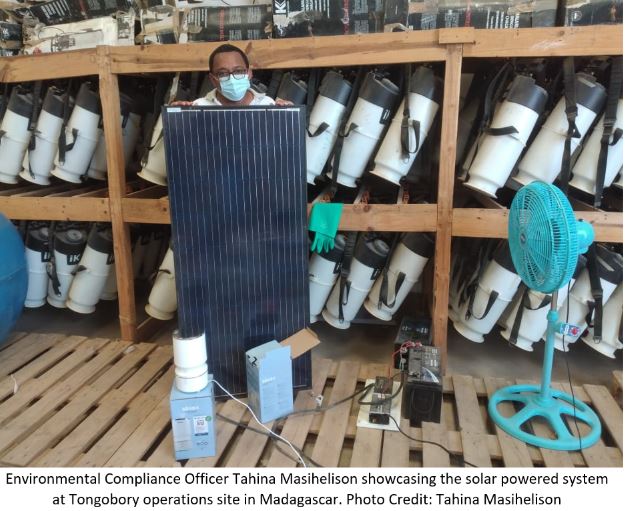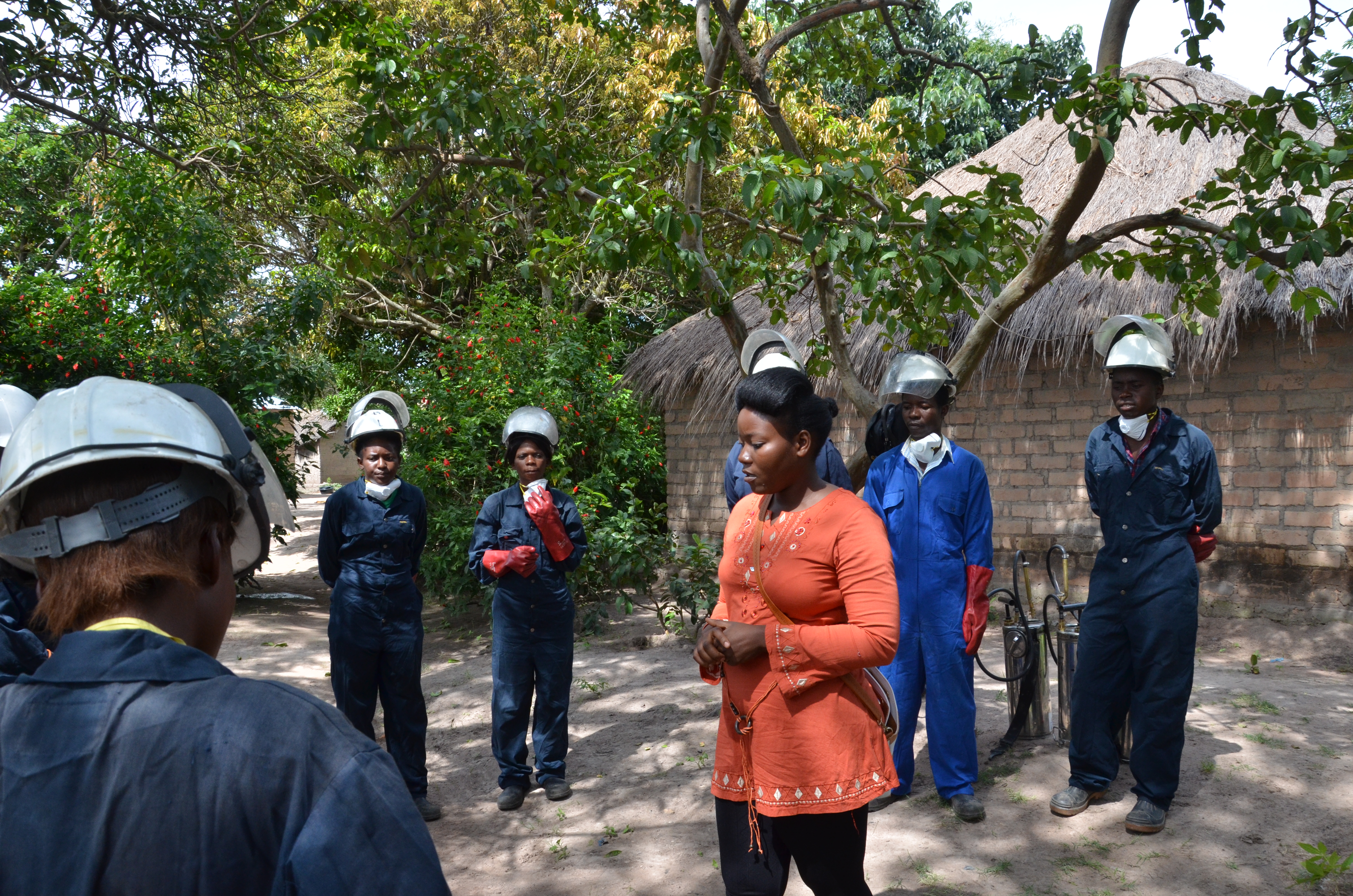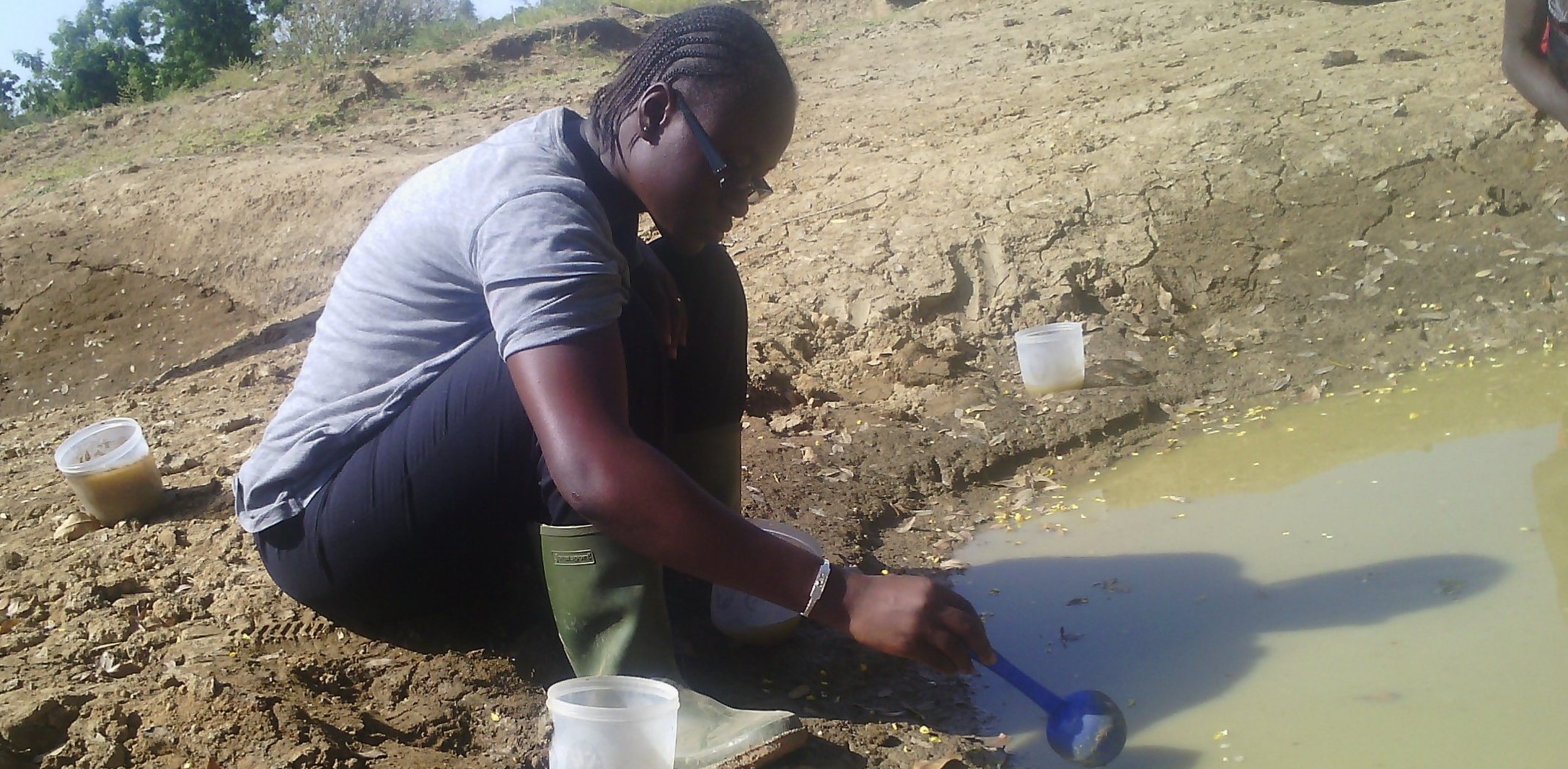Senegal
Sana Diop Dieng is a malaria survivor. During primary school, she sometimes suffered from the disease almost every month; at one point, her case of malaria was severe enough to require injections at the hospital before and after school and she missed a great deal of school. However, she was resilient and after completing secondary school in Dakar, Senegal, she continued her university studies at the Sidi Mohamed Ben Abdellah University in Fez City, Morocco where she received her BSC in Chemistry. Sana also has an MSC in Environmental Management from the Institut Supérieur de Developpement Local, in Dakar. Sana, the U.S. President’s Malaria Initiative (PMI) VectorLink’s Regional Environmental Compliance Manager, is not just an environmental expert; she is part of the U.S. Department of State’s Young Africa Leadership Initiative, currently serving as a mentor to young leaders that would like guidance on implementing their project ideas. She has also dabbled in fashion design, creating traditional and modern outfits for herself, her family, and for sale. In honor of Earth Month, Sana took the time to share her experience working in environmental compliance with us.
Tell us about what you do.
I am the Regional Environmental Compliance Manager for the PMI VectorLink project based in Dakar, Senegal. I currently support the indoor residual spraying (IRS) countries, Côte d’Ivoire, Mali, Rwanda, and Senegal and partly support entomology-only countries such as Cameroon, the Democratic Republic of the Congo, and Niger. At the country level, I work with Environmental Compliance Officers (ECOs) and Chiefs of Party (COPs) on how to comply with environmental requirements outlined in the Best Management Practices (BMP) guide. This includes strengthening the capacity of the ECOs, preparing supplemental environmental assessments when needed, supporting ECOs with their duties, and supervising country teams on mobile health implementation.
How does the project minimize the environmental impact of insecticides?
The BMP guide describes all environmental compliance guidelines in detail to safely handle insecticide and minimize potential impacts of insecticide usage. The project is a model of environmental impact mitigation for the National Malaria Control Program (NMCP) and other government partners like the Ministry for the Environment. The BMP guide is applicable to other industries where chemicals are used such as pesticide use in agriculture.
How does the project minimize waste?
The project works closely with all countries to minimize waste generated by the project. The project follows the preferred hierarchy for waste disposal. For each type of solid waste, the ECO assesses the feasibility (including cost and safety) of disposal; they first assess the feasibility of reuse, then recycling, then landfilling, before considering incineration. For example, in Malawi, the project partners with local recycling companies that can turn plastic bottles and scratched face shields into solvent containers, laundry jugs, and liquid soap bottles.
Are there efforts to utilize renewable energy when electricity is required?
Yes, some countries use solar panels in operations sites for lighting, keeping storage rooms cool, and/or charging mobile devices for data collection during IRS campaigns.

How does the project strengthen the capacity of the NMCP to be leaders in environmental compliance?
The PMI VectorLink project has tailored capacity building trainings for each country. For example, an environmental compliance virtual training was held in 2020 for ECOs, environmental agencies, and NMCP staff that covered how to properly wear personal protective equipment (PPE), safely store insecticides, and manage site rehabilitation and waste management. In Senegal, the NCMP was part of the master training on all IRS components, including environmental compliance in 2021.
What are some innovations in environmental compliance?
There are many. The environmental compliance team was a leader in introducing mobile phone applications for the inspection of operations sites and supervision of spray activities. We also introduced wide-spread recycling of materials such as plastic and cardboard. The project also worked a lot on personal protective equipment alternatives regarding gender equity in the field such as two-piece uniforms that were more comfortable for women. Lately, we have been implementing the installation of roofs over wash areas and covers on fixed soak pits to minimize rainwater influent to the soak pit and to help maintain the operational status of these areas.
How does the project ensure environmental compliance efforts help reach the unreached?
The introduction and use of mobile soak pits is solving a lot of the issues with reaching the unreached as spray teams can transport the soak pit. Permanent soak pits are large, in-ground filters that absorb chemicals from liquid waste. Mobile soak pits can be carried to a site, installed in minutes, and catch and treat insecticide waste. When spray operations are complete, the soak pit is dug-up and carried to the next location. The previous site is then restored to its original condition.
I have also recently proposed a mentoring pilot program that is being implemented by PMI VectorLink Senegal to support supervisors, storekeepers, and health post nurses to adequately oversee project activities. The health post nurse in a hard-to-reach area for could be trained as an environmental compliance team member for example.
How do you think climate change will impact environmental compliance efforts related to IRS and insecticide-treated net (ITN) distribution?
Climate change could impact environmental compliance efforts, for high temperatures can degrade the active ingredients in insecticides, and cyclones and floods can destroy insecticide. Extreme weather events can also severely impact transportation of goods and spray operators to where they are needed by washing out roads and bridges.
What are some ways we can work to protect the environment?
Each of us can be an environmentalist, and each of us should be. We can get involved in so many ways, through personal action like separating out plastic to bring to recycling points or using thermoses for coffee rather than disposable cups; and collective action such as advocacy, volunteering to help build the capacity of communities, or supporting policy initiatives. We should all do our part!






